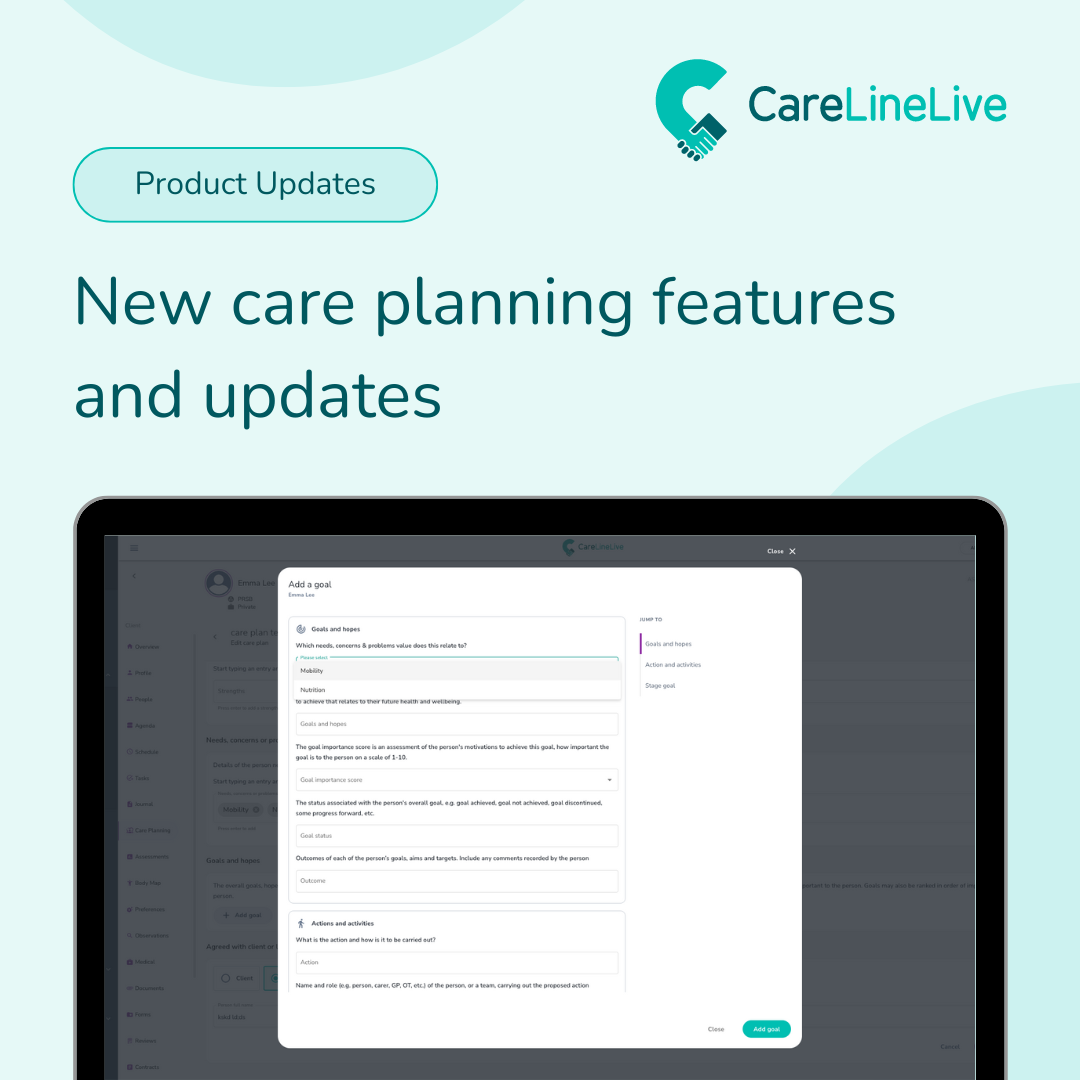With the launch of the Support at Home program on 1st July 2025, aged care providers throughout Australia find themselves at a pivotal moment. Although some information is still awaited from the Department of Health and Aged Care, there is no time to lose, preparations must commence immediately to guarantee a seamless transition for clients, staff and systems.
The Support at Home programme represents a crucial reform designed to simplify in-home aged care services. It merges existing initiatives such as Home Care Packages (HCP) and Short-Term Restorative Care (STRC) into a cohesive, person-centred model. However, delays in implementation may result in operational disruptions, missed opportunities and difficulties in adjusting to new requirements.
Here’s how providers can take proactive steps today:
Key areas to focus on:
Unit pricing strategy
- Draft indicative pricing for services based on the proposed funding model
- Utilise sample client budgets to evaluate various scenarios and enhance service strategy as additional pricing guidance is provided
Financial modelling
- Develop financial scenarios (best case, worst case and most likely) for FY2025–26
- Include assumptions about unspent funds and potential efficiency measures
- Revise service offerings to ensure they meet the updated eligibility requirements and funding criteria
Debtors management
- Strengthen systems for managing client payments to align with the new Client Contribution Framework
- Review invoicing processes and policies around financial risk
Communication planning
- Create a clear communication strategy for clients, staff and stakeholders
- To effectively address concerns and minimise confusion it is essential to prepare a comprehensive set of FAQs, engaging talking points and well-structured email templates
Marketing and collateral updates
- Update public-facing materials like websites, brochures and onboarding documents to reflect the new program model
- Reassure current and prospective clients about continuity of care
Process mapping
- Use the draft program manual to map key workflows such as client intake, care planning, invoicing and complaints handling
- Identify gaps that need addressing before implementation
CMS readiness
- Engage with your client management system(CMS) provider to understand their updates for July 2025
- Plan for any manual workarounds or system upgrades needed
- It is essential to effectively communicate any changes to existing clients and to provide them with guidance throughout the transition process
Care management review
- Evaluate whether your care management model meets program expectations
- To maintain sustainability and transparency it is essential to adjust roles and resources as necessary
- Evaluate clients’ homes for potential safety hazards and implement essential modifications, including the installation of grab bars, ramps or handrails
- Schedule routine home safety inspections to identify new hazards over time
- Enhance your daily living experience by integrating household gadgets and equipment designed to assist with essential tasks such as eating, dressing and mobility
- Foster social engagement by participating in hobbies, attending community events or joining support groups to effectively combat isolation
- Provide clear and accessible information regarding care options to ensure that clients fully understand their choices available under the new program
- Regularly reviewing care plans is essential to ensure that services are adapted to meet the evolving health conditions or mobility challenges of individual
Training and capacity building
- Begin preparing training materials for staff on service changes and client communication
- Ensure all team members are confident in their roles under the new framework
Service expansion planning
- Explore offering new services like end-of-life or restorative care
- Design internal capabilities or establish partnerships to meet these needs
Support is available
Transitioning can be a manageable process with the right support. Platforms like Support at Home HQ offer a range of practical tools, templates, webinars and expert advice specifically designed to assist providers in confidently navigating these reforms.
By initiating preparations today, providers can guarantee that they not only comply with regulatory requirements but also deliver exceptional care within this transformative program. The time to act is now! Don’t allow uncertainty to impede your progress!
Discover how CareLineLive assists aged care providers in adapting to modern working methods by booking a free, no-obligation demo today.



